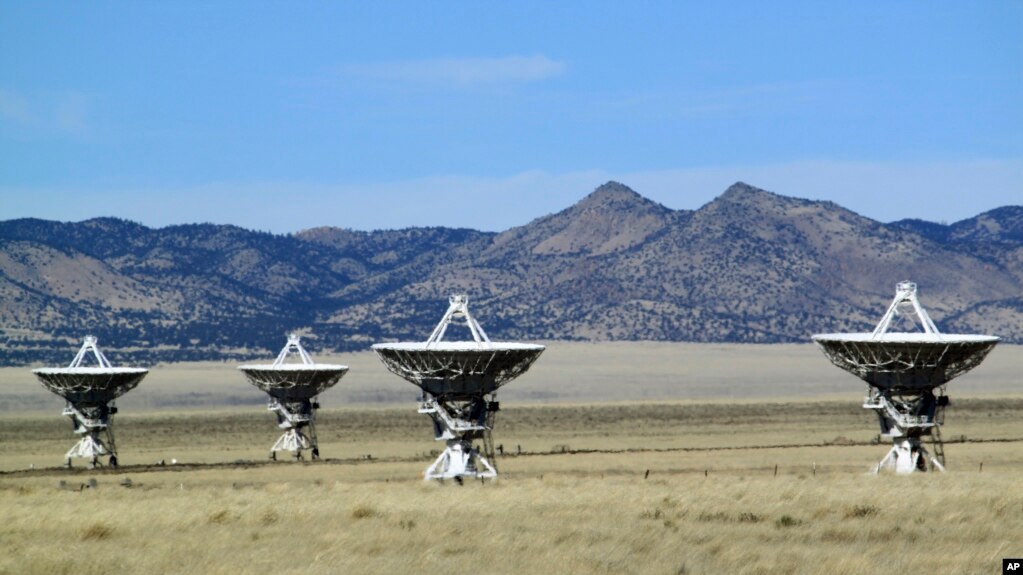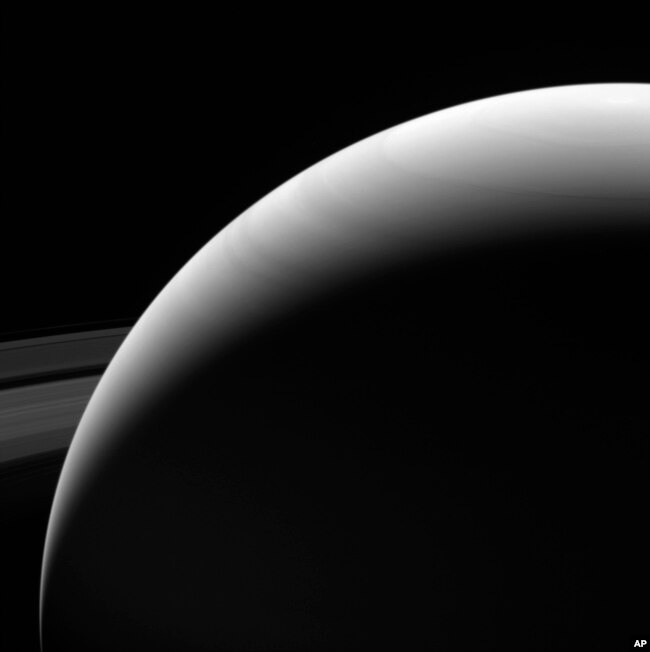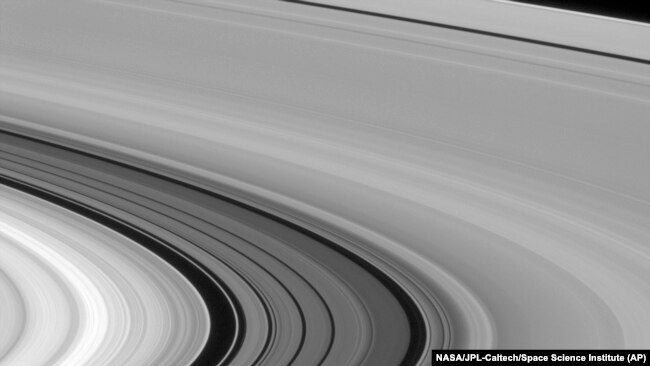'Cuz we don't need a separate thread for every little thing.
I'll start.
How to See a Star Explode in 2022
---
Their latest calculations suggest that if the speed at which the stars are merging continues to follow the same trend as V1309 Sco, the two will become one around the year 2022. When the stars collide, they’ll produce what’s called a red nova, an eruption somewhere between the brightness of a cataclysmic supernova and a more run-of-the-mill classical nova.
Regardless, the stellar fireworks will be bright enough to see from Earth with the unaided eye.
---
I'll start.
How to See a Star Explode in 2022
---
Their latest calculations suggest that if the speed at which the stars are merging continues to follow the same trend as V1309 Sco, the two will become one around the year 2022. When the stars collide, they’ll produce what’s called a red nova, an eruption somewhere between the brightness of a cataclysmic supernova and a more run-of-the-mill classical nova.
Regardless, the stellar fireworks will be bright enough to see from Earth with the unaided eye.
---







